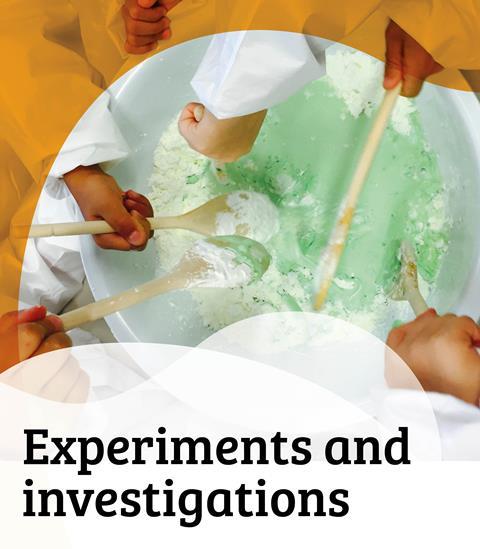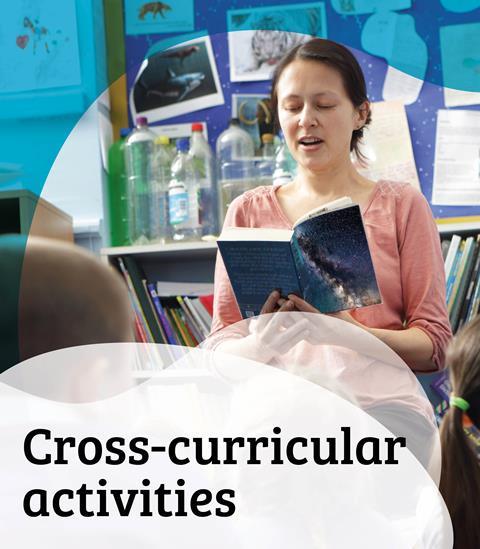The ‘mixing and dissolving materials’ chapter from That’s Chemistry! This chapter looks at key ideas and activities that can be used to help students learn that mixtures are made up of more than one substance and that some mixtures can be separated
These PDFs have been taken from the popular book, That’s Chemistry! compiled by Jan Rees.
This book covers key ideas of physical science that primary students learn about, as well as giving numerous suggestions of activities, demonstrations and investigations that can be used to enhance students’ learning.
If you teach primary science, see the headings below to find out how to use this resource:
Skill development
Children will develop their working scientifically skills by:
- Asking their own questions about scientific phenomena.
- Selecting and planning the most appropriate ways to answer questions, including:
- Researching using a wide range of secondary sources of information.
- Grouping and classifying things.
- Carrying out comparative and fair tests.
- Recording data and results using scientific diagrams and labels, classification keys, tables, scatter graphs, bar and line graphs.
- Drawing conclusions and raising further questions to be investigated, based on their data and observations.
- Using appropriate scientific language and ideas to explain, evaluate and communicate their methods and findings.
Learning outcomes
Children will:
- Know that some materials will dissolve in liquid to form a solution, and describe how to recover a substance from a solution.
- Use knowledge of solids, liquids and gases to decide how mixtures might be separated, including through filtering, sieving and evaporating.
- Demonstrate that dissolving, mixing and changes of state are reversible changes.
Concepts supported
Children will learn:
- That some solids will dissolve in liquids to form a solution.
- That some solids don’t dissolve and can form suspensions.
- That gases can dissolve in liquids to form solutions.
- That there are various different separating techniques and they can be used in different situations.
- That unless a chemical change has occurred, a mixture can be separated.
- That solutions are clear and won’t settle out without a change in conditions, whereas a suspension will eventually settle out even if conditions remain the same.
Suggested activity use
This resource can be used as a long-term planning tool in which you map out different activities to help children build an understanding about separating mixtures. The resource provides clear explanations as to what a mixture is, and plenty of practical experiences for the children to embed their knowledge and understanding.
Practical considerations
You should be clear about what you want children to learn as a result of carrying out a particular activity or activities.
Different equipment is needed for the various activities, which will need to be provided in order for children to carry out the tasks.
Downloads
Mixing and dissolving materials
Tutorial | PDF, Size 15.76 mbBibliography and teachers resources
Tutorial | PDF, Size 2.53 mb
Websites
Additional information
That’s Chemistry!

Discover the informative chapters of That’s Chemistry! Each chapter explains a chemistry concept and gives numerous ideas for activites to support students’ learning.
- 1
- 2
- 3
- 4
- 5
- 6
- 7
- 8
 Currently
reading
Currently
reading
Mixing and dissolving materials
- 10
- 11
- 12
- 13





































No comments yet